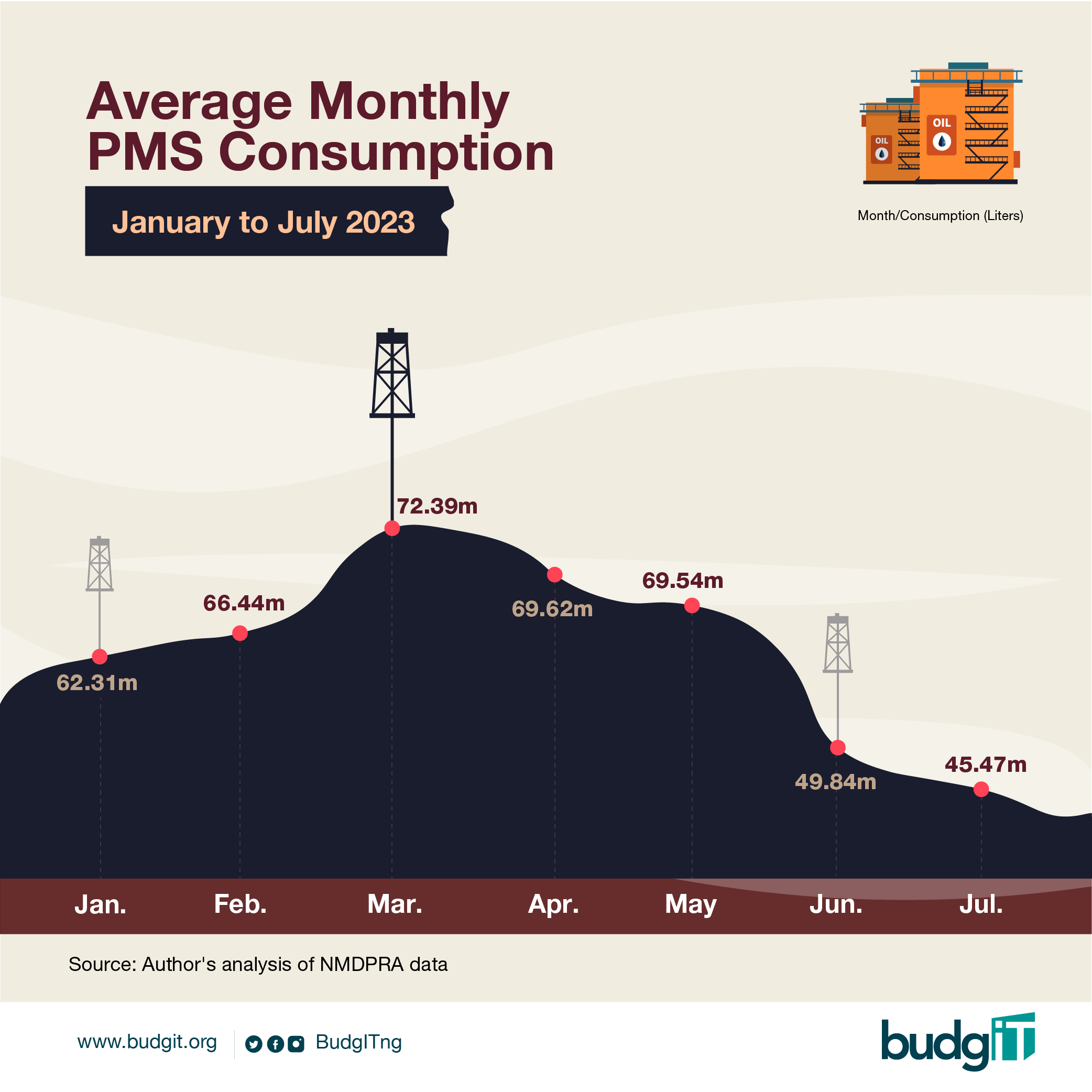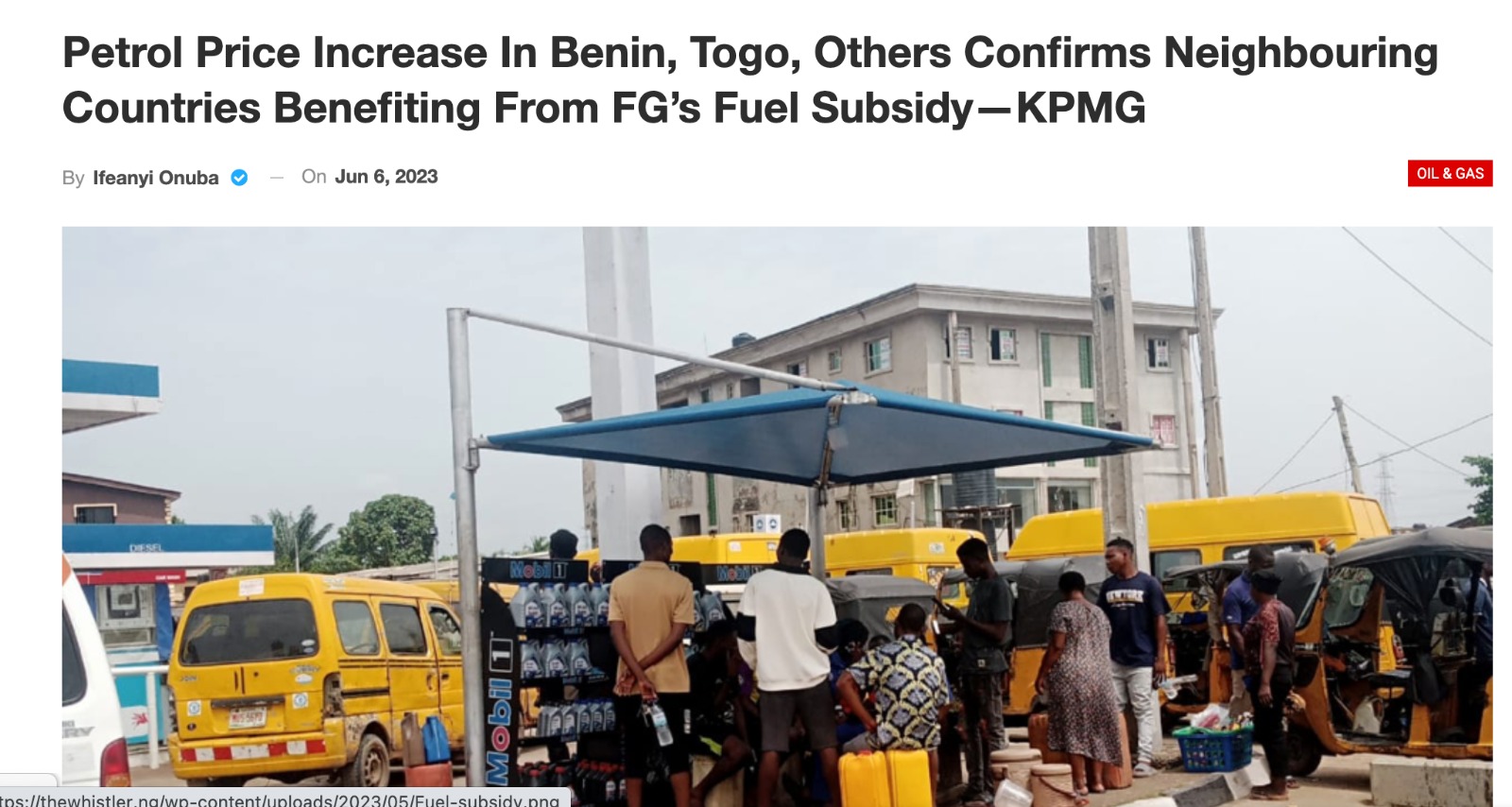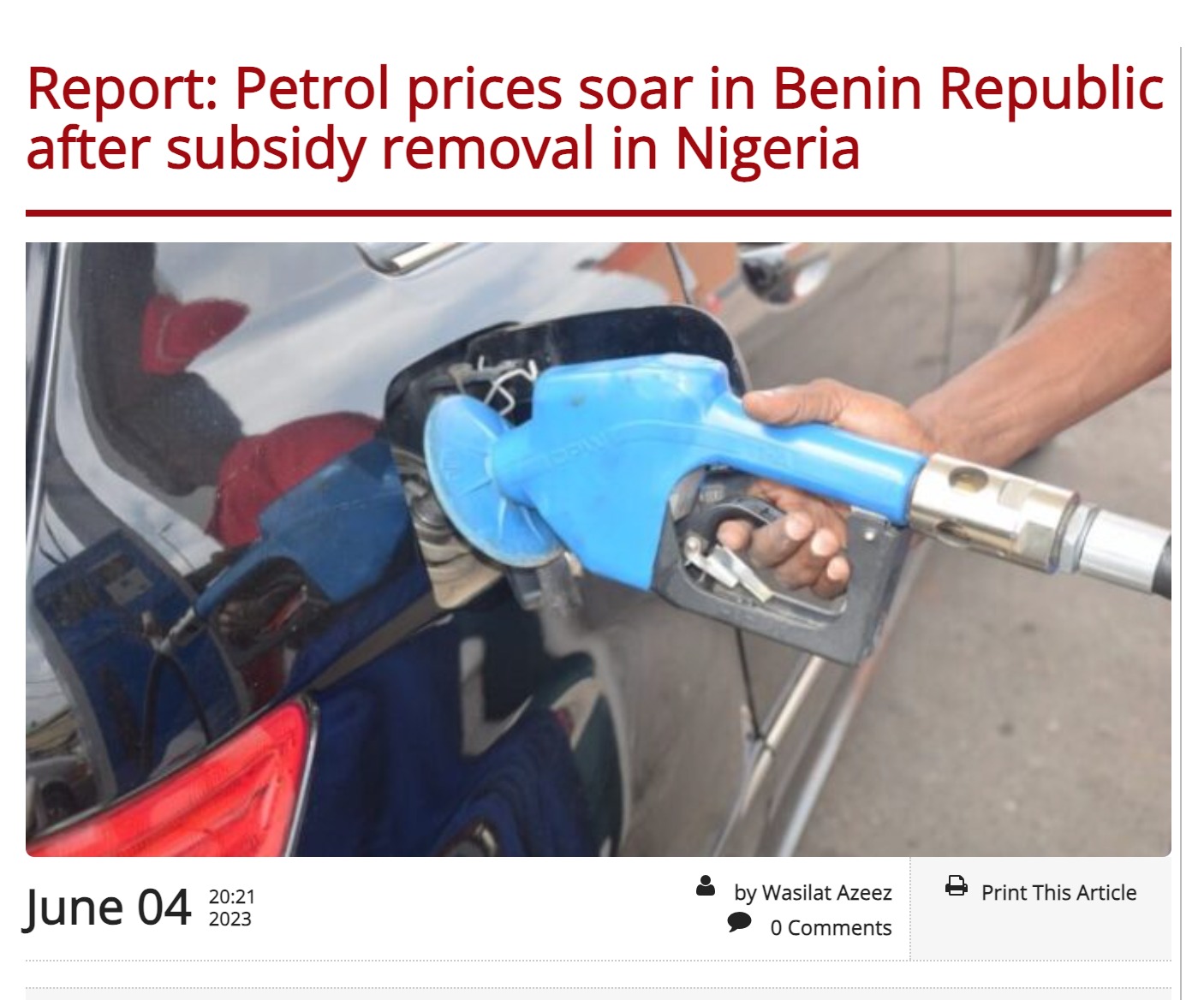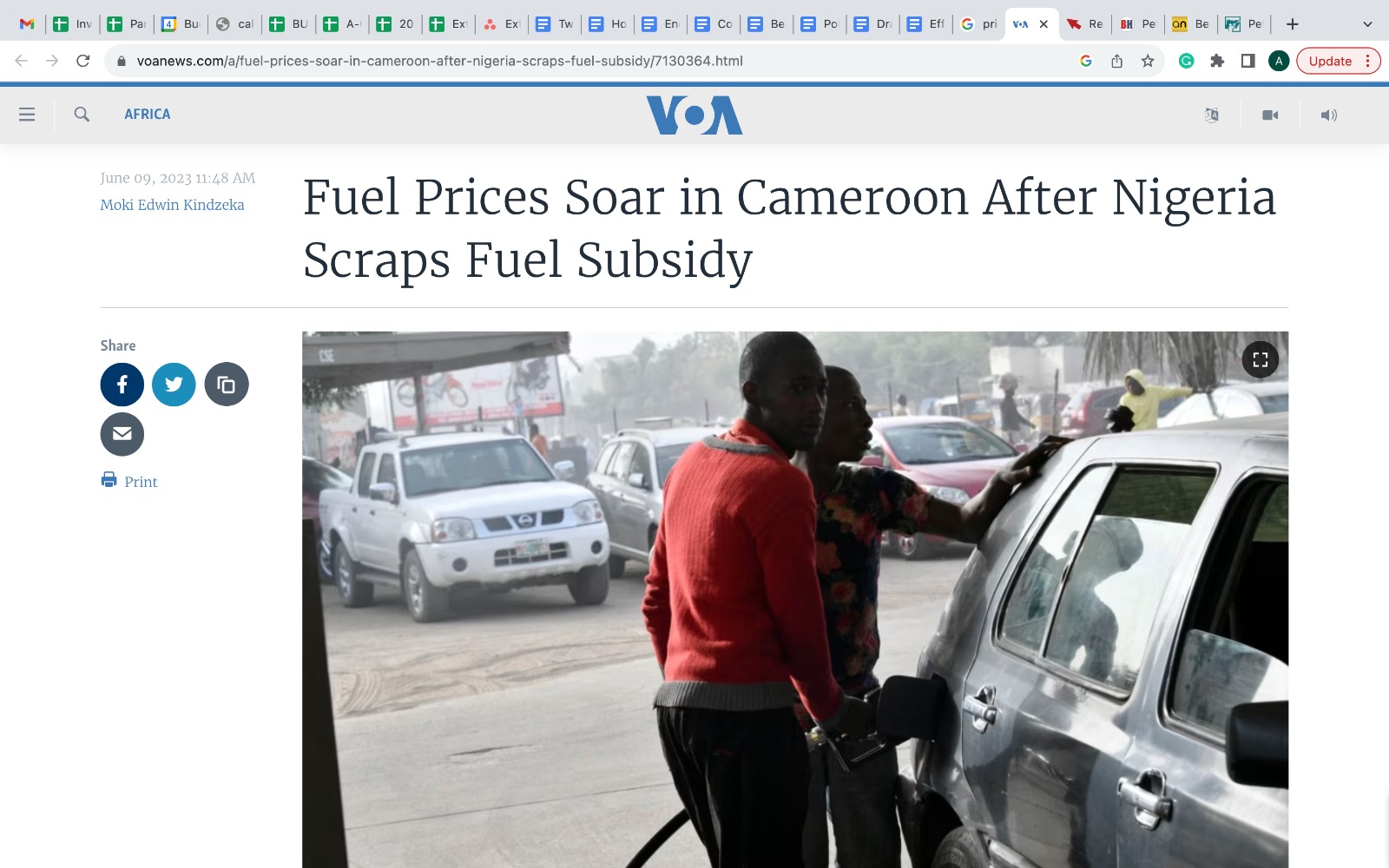Subsidy Removal and the Big Question: What is Nigeria’s Daily Petroleum Consumption?
The exact amount of petrol consumed by Nigerians has always been controversial since different agencies in the oil and gas sector give conflicting figures for the daily petrol distribution. It has always been the belief of almost everyone that the figures reported as the daily petrol consumption in Nigeria are incorrect.
According to NNPC, in the first three months of 2022, Nigeria recorded an average daily consumption of 64.14 million liters, while the Nigerian Midstream and Downstream Petroleum Regulatory Authority (NMDPRA) revealed in September 2022 that Nigeria’s average daily petrol consumption was 66.8 million liters.
However, at the beginning of 2023, the Group Chief Executive Officer of the NNPC Limited, Mele Kyari, said there is no credible data to ascertain the daily consumption of petrol in Nigeria while also stating that there is credible data on the actual volume of petrol evacuated from the depots.
There is also the issue of petrol smuggling to neighboring countries. At least 15.6 million liters of petrol are smuggled daily across Nigeria’s borders to neighboring countries. Although the volume sounds illogical when measured against the logistics required to move 15.6 million liters of petrol out of Nigeria daily.
While it is a fact that a significant incentive exists for smuggling petrol due to the high price disparity before the petrol subsidy removal, there is still a big question of if truly up to 15.6 million liters are smuggled out daily or if there is a cartel that guzzled the trillion of payments for PMS subsidy, when in the real sense there was no importation.

Following the petrol subsidy removal on May 29, 2023, by President Bola Tinubu, analysis of daily truck-out data published by the Nigerian Midstream and Downstream Petroleum Regulatory Authority (NMDPRA) show that petrol consumption has reduced by more than 24 million liters per day on average.
The average daily consumption in May was 69.54 million liters which fell to 49.48 million liters in June, representing a 28.3% drop. In July, this margin increased further to 34.61%, the equivalent of 24.06 million liters, and average daily consumption for the month fell further to 45.74 million liters. The petrol subsidy removal is believed to reduce all the incentives for hiking the PMS consumption figure in an unempirical and illogical manner since, over the years, subsidy payments have put a lot of impediments on transparency and accountability in the oil and gas sector revenues management.
The Big Question
Does a 24 million liters decrease represent a reduction in PMS consumption in Nigeria or a reduction in smuggling PMS from Nigeria to neighboring countries? Recall that some days after the subsidy removal announcement, there was a rumor that the PMS price increased in all neighboring countries. Below are some snapshots that filtered through the internet.



This begs the question of if the real problem was the subsidy payment for PMS in Nigeria or about blocking the loopholes that allow our PMS to move to neighboring countries indiscriminately and curbing the holds of the cabal that engenders decades of subsidy payments without importing PMS into the country.
On the other hand, the ripple effects of the petrol subsidy removal alongside the unification of exchange rates have been multi-faceted. There is a massive increase in transportation costs, food inflation, manufacturing, and energy costs. Small enterprises, particularly those relying heavily on petroleum products, currently face substantial operational costs, negatively affecting their profit margin and competitiveness. Employees who commute daily face an increase in transportation costs and the like.
Additionally, there has always been the issue of unreliable power supply in the country, where households and businesses are forced to rely on generators for electricity. With the outrageous increase in petrol price comes an automatic rise in energy and manufacturing costs.
The economic hardship inspired by the subsidy removal and the unification of the foreign exchange rates is biting beyond what even an average Nigerian can cope with. This situation would push many more below the poverty line and require that the current administration take a second look at its policies and seek ways to make their impact citizen-friendly. A first step may be to embrace and deploy technology that allows the government to establish the actual PMS consumption in the country. After that, put measures in place to block all the loopholes that would enable imported PMS to find their way to neighboring countries and re-evaluate if subsidizing Nigeria’s actual PMS consumption is hurting Nigeria’s revenue management or not.


